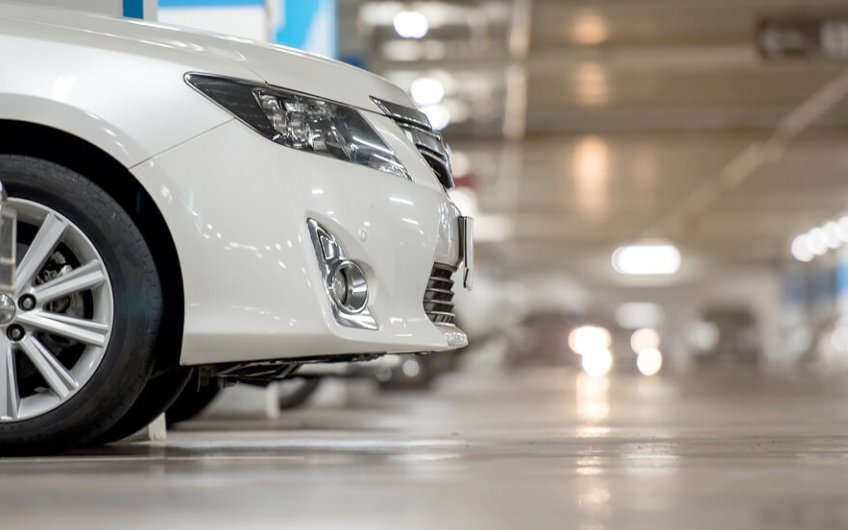
Nowadays, there are many things that make driving easier, and one of those are different types of parking sensors. These are equipped with a system that helps drivers to spot if there are any obstacles or objects nearby when parking.
Most manufacturers usually install them on the front or rear car bumpers, enabling drivers to park more quickly, making it more comfortable and safer. Even so, there are vehicles that do not yet have them installed, so if you are thinking of buying one, we recommend learning about the most used ones on the market and the tips to bear in mind before installing them.
Below we will have a look at the characteristics of the three most commonly used parking sensor systems:
These are the most popular sensors and they work through waves. These waves have the ability to create a rebound effect if there is an obstacle in your way. In this case, the system sends the data to the car, that processes them, and the vehicle calculates the distance. For this reason, the distance system is highly reliable.
As a rule of thumb, the ultrasonic sensors can reach a speed of 20 km/h, with a distance of between 5 and 15 metres.
To install this type of sensor, you will need to drill into the bumpers, as about 5 sensors need to be put in to make them work properly.
This type of sensor uses electromagnetic fields to measure how far away the car is from obstacles. The parking system is made up of a metal transceiver strip that generates the electromagnetic field itself. As the vehicle approaches an object, it is able to detect changes in the field voltage or interruptions in the field.
The processor is responsible for interpreting the information sent and activates a viper alarm located inside the vehicle. They are the most advanced sensors on the market today and therefore the most expensive.
They tend to be better at detecting moving obstacles, although they have the disadvantage that, when they approach objects made of iron, nickel or cobalt or when it is raining, their performance may be impaired.
This type of camera is usually built into cars as an extra part of the SatNav system, which is quite expensive. These cameras show all the obstacles the driver may encounter at the rear of the vehicle. They usually turn on automatically as soon as the car is put into reverse.
As a downside, it is worth noting that these types of cameras have a somewhat more limited field of vision when driving on the road, and do not work properly when they are dirty, in weather situations that make visibility difficult or at night.
To sum up, there are many different types of parking sensors that make parking easier for drivers and help to prevent crashing into obstacles. Ultrasonic sensors are the most common, while electromagnetic detection or camera sensors are more expensive and have certain disadvantages.